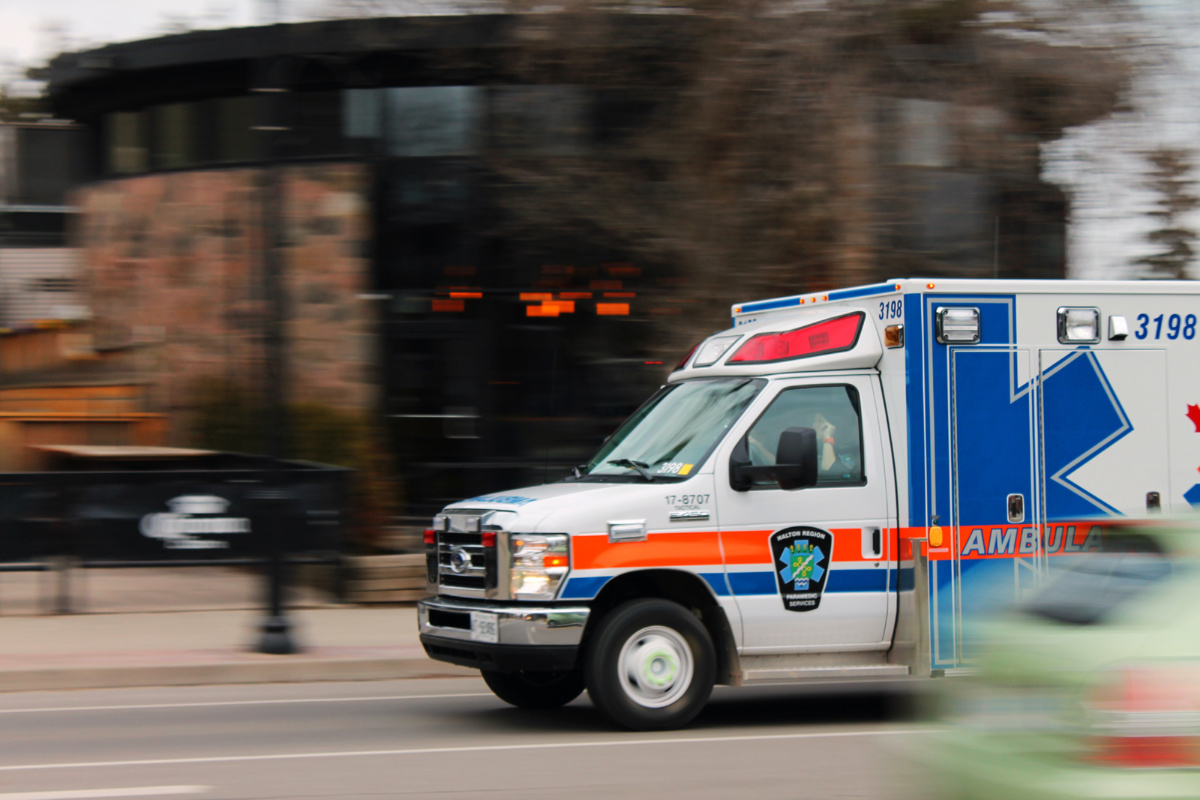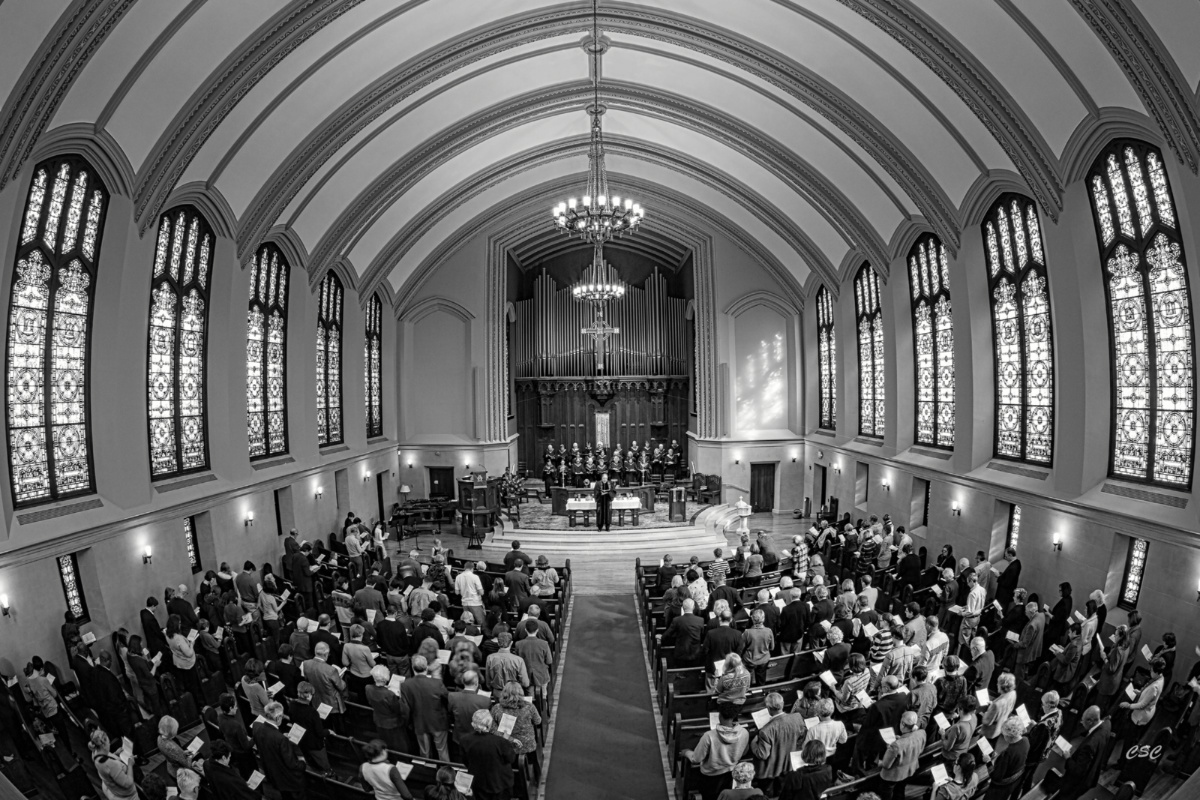
YONAT SHIMRON, of Religion News Service, reports that while donations from religious groups constitute less than 20 per cent of RIP Medical Debt’s overall revenue, they are becoming an increasingly common way for congregations to do social justice…
Durham, North Carolina
RNS
When members of First Presbyterian Church decided to launch a capital campaign to expand and renovate their imposing Gothic Revival edifice, they also wanted to take on a service project to help the poor.
The congregation settled on raising $US50,000 to eliminate medical debt for people living below the poverty line.

PICTURE: Jonnica Hill/Unsplash/Creative Commons
Helping ease medical debt, especially for people of color, is an increasingly popular social justice project among liberal Christian, Jewish and Muslim congregations. Over the past few years some 800 US congregations have partnered with RIP Medical Debt to do so.
The nine-year-old non-profit uses donations to buy large bundled portfolios of medical debt from collection agencies and other third parties at a steep discount. It then turns around and notifies people their debts have been erased.
“For churches seeking to make a difference for those suffering under the weight of debt, this is an instrument we can use to try to take it off their shoulders so everyone can flourish.”
– Rev Mindy Douglas, pastor of First Presbyterian
“For churches seeking to make a difference for those suffering under the weight of debt, this is an instrument we can use to try to take it off their shoulders so everyone can flourish,” said Rev Mindy Douglas, pastor of First Presbyterian. Last year, the church was able to raise almost $US26,000 and pay off $US5 million in medical debt in Durham and surrounding counties. This spring, the church will kick off the second leg of its campaign with the goal of raising at least $25,000 more.
Eliminating medical debt has become a popular cause over the past few years. Georgia Democrat Stacey Abrams donated $US1.34 million to RIP through her political action committee, wiping out $US212 million in medical debt for 108,000 people in five states. Hawks point guard Trae Young and football wide receiver Michael Thomas have also donated to RIP.
Last year, philanthropist MacKenzie Scott added $US30 million to the $US50 million she donated to RIP in 2020, jumpstarting the non-profit’s expansion.
Medical debt is a huge problem in the US Americans owe at least $195 billion of medical debt, according to the Kaiser Family Foundation. More than 100 million people – about 41 per cent of US adults – have debt from medical or dental bills. Among Black and Hispanic Americans that figure jumps to about 60 per cent.
RIP’s model of buying debt at discount prices is especially attractive to donors because on average, every $US1 donated abolishes about $US100 in face value medical debt.
To date, RIP has abolished $US8.5 billion in medical debt and relieved 5.4 million Americans of their unpaid bills.
While donations from religious groups constitute less than 20 per cent of RIP’s overall revenue, they have becoming an increasingly common way for congregations to engage in social justice work.

A service at First Presbyterian Church in Durham, North Carolina. PICTURE: Carol S Carson
One reason may be that debt relief has deep Biblical resonance. The Book of Leviticus speaks of the jubilee year as a time when the people of Israel were required to free slaves and cancel debts.
“It’s a wonderful way to take ancient biblical values and actualise them,” said Rabbi Ari Hart, whose Agudath Jacob Synagogue in Skokie, Illinois, partnered with two predominantly Black churches in Chicago to raise $US10,000 for medical debt relief last year.
RIP used the money to purchase $US1.9 million in debt and unburden 2,327 people in the Chicago area of their medical debts.
The campaign also coincided with the Jewish sabbatical year known as “shmita” or the year of release. Hart said he would propose a similar campaign during the next Jewish sabbatical year, which falls in 2028.
The Mid-Michigan Campaign, started by St John’s Episcopal Church in Midland, Michigan, is another interfaith venture. Last year it raised $US62,452 to abolish $US28 million worth of medical debt among 14,241 individuals.
This year it has launched another campaign with the Mid-Midland Interfaith Friends, a group of 14 congregations, including Jewish, Muslim and Baha’i.
“It’s love in action,” said Rev Jim Harrison, priest in charge at St John’s Episcopal Church, which has committed $US20,000 from the church’s endowment income toward this year’s fundraiser.
Harrison acknowledged raising money for medical debt relief won’t solve the larger structural issues created by a health system Americans can’t afford. The United States has the most expensive health care system of any country.
But it can bring relief.
“This is treating a symptom, not a cause, but it’s something we can do and I think we need to,” Harrison said.

PICTURE: Thomas Breher/Pixabay/Creative Commons
For many congregations, such as First Presbyterian, debt relief is also a form of reparations. In 2021, the Durham church began studying about reparations. Congregants read “From Here to Equality: Reparations for Black Americans in the Twenty-First Century” and discussed ways they could get involved with William A Darity Jr and A Kirsten Mullen, the book’s authors.
We rely on our readers to fund Sight's work - become a financial supporter today!
For more information, head to our Subscriber's page.
The service project with RIP was one of the outcomes of the reparations study. The church explicitly targeted North Carolina counties with a Black or Indigenous population of 50 per cent or more for debt relief.
“We see disproportionate outcomes in our health care system for people of color,” said Sharon Hirsch, a member of First Presbyterian who serves on the church’s racial equity task force.
A 2022 Urban Institute study found that counties with high shares of uninsured, low-income or Black populations have higher rates of medical debt. Southern states that have not expanded Medicaid eligibility for low-income Americans were more likely to have high levels of medical debt.
Helping those counties address that debt is one area where the church could make systemic change, Hirsch said.
“I just don’t know any other example where your money can go that far and have such a positive impact on an individual,” Hirsch said. “This is targeted relief that will reduce economic stress and support families in need of economic relief.”






